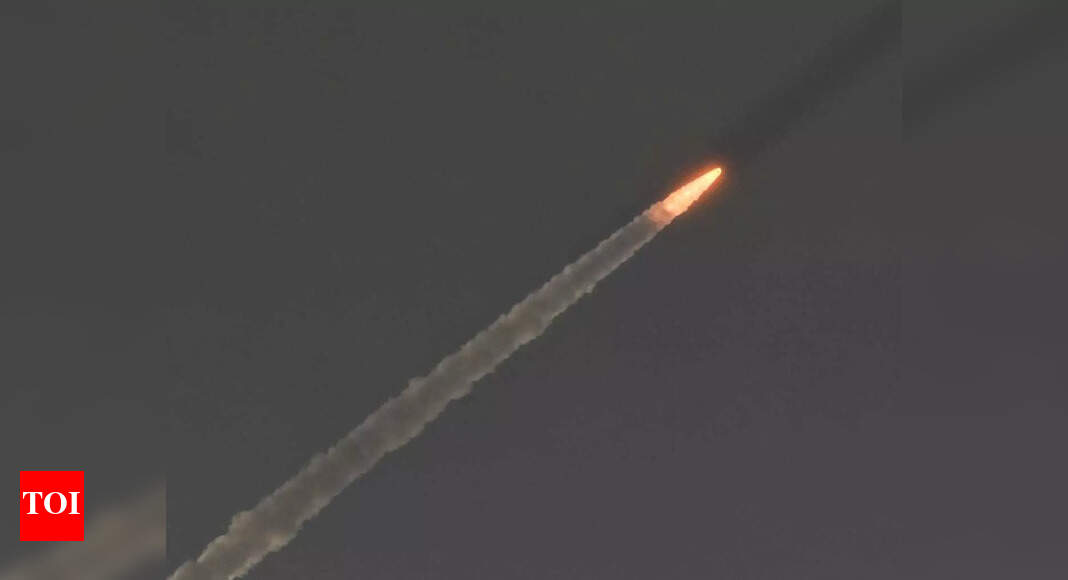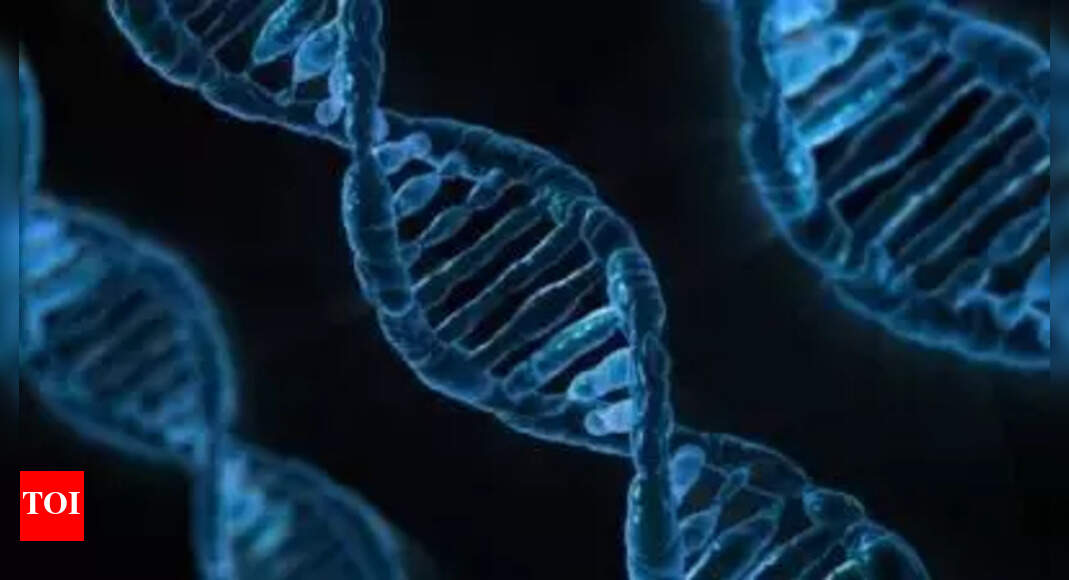The NASA Extravehicular Mobility Unit (EMU) is a cutting-edge spacesuit designed to safeguard and assist astronauts on spacewalks. Much more than protective gear, the EMU is a portable survival system that protects astronauts from super-cold temperatures, toxic radiation, and the vacuum of space. The EMU features layers of thermal protection, a pressurized housing, and an oxygen-providing, carbon dioxide-removing life support backpack that also controls temperature. Here, we will discuss the EMU’s groundbreaking design, its essential elements, and how it makes it possible for astronauts to safely accomplish intricate tasks outside the spacecraft through extravehicular activities (EVAs).
NASA suit that makes spacewalks possible
The NASA spacesuit, or the Extravehicular Mobility Unit (EMU), is what the astronauts wear when they go for extravehicular activities (EVAs), which are more commonly referred to as spacewalks. NASA’s human exploration of space program depends on the EMU. It is designed to protect astronauts and keep them cozy while working outside the protection of the spacecraft, open to temperatures of extreme extremes, radiation, and microgravity. The suit features an advanced integration of many layers, technologies, and life support systems all cooperating to build an astronauts’ independent environment.
How the EMU keeps astronauts safe and alive in space
One of the most crucial roles of the EMU is that it keeps astronauts safe in space. Space is riddled with perils ranging from extreme temperatures, to radiation, to being in constant peril of colliding with space trash. The protective layers of the EMU are meant to offer:
- Thermal insulation: Space temperature varies from -250°F (-157°C) to 250°F (121°C). There are thermal barriers within the EMU which insulate the astronauts from all these temperatures to make them comfortable inside the suit in spite of the environment.
- Radiation protection: The material of the suit also shields the astronauts from dangerous solar and cosmic radiation outside the protection environment of the spacecraft.
- Impact resistance: The outer shells of the space suit are impact-resistant and safeguard astronauts from the micro-debris of space traveling at high velocities. Even small debris particles can be deadly at such velocities.
- Life support systems: In addition to protecting the spacesuit physically, it also has to satisfy the life support requirements of the astronauts, including breathing and hydration, and temperature regulation. All these systems need to be there in order for astronauts to survive long-duration spacewalks when they will be away from the spacecraft for hours at a time.
- Supply of oxygen: The supply of oxygen is the central part of the life support system. The oxygen tank is placed inside the EMU’s backpack and provides breathable air through a hose system. Oxygen gets circulated within the suit and keeps astronauts in a continuous supply while they perform work in the vacuum of space.
- Carbon dioxide removal: Since the astronauts will be breathing oxygen and expelling carbon dioxide (CO2), they also have a CO2 removal system in the EMU to avoid dangerous build-up. It is done through a filtering system and scrubbers that clean the air.
- Water supply: Astronauts must also consume water during spacewalks. An on-suit internal water bottle supplies drinking water to astronauts via a hose. It keeps them hydrated when they have long EVAs, in which case external water supply is not available.
- Temperature control: The EMU is initially provided with a sophisticated temperature regulating system. It uses a liquid cooling and ventilation garment (LCVG) that is worn by the astronaut under the suit. The garment contains tubes in which water circulates, taking away excess heat from the astronaut’s body and avoiding the risk of overheating. The suit also has temperature control valves to keep the astronaut comfortable.
What astronauts wear under the spacesuit for comfort and safety
Although the EMU is the most obvious protective layer, the astronauts don a second layer of garments under the suit for comfort and protection.
- Undergarment layer: Inside the EMU, the astronauts wear an undergarment that covers the whole body surface area minus the head, hands, and feet. The garment is composed of a moisture-wicking fabric that pulls sweat away from the body and keeps the astronaut dry in the suit.
- Pressure garment: The EMU itself is pressurized, which enables the astronauts to perform normal body functions in the vacuum of space. The pressure suit prevents the body fluids and blood of the astronaut from boiling because of the vacuum of space, a very critical safety necessity for EVAs.
How the EMU backpack supports breathing, circulation, and power
The most obvious advantage of the EMU is the use of the backpack by the astronauts. The use of the backpack is used for a number of reasons, such as providing power and life support to the suit.
- Oxygen tank: An oxygen tank is carried within the backpack where air is stored for breathing by the astronauts during an excursion outside on a spacewalk. Air is circulated through the ventilation system of the suit in a manner that enables breathing by the astronauts without the use of the spacecraft’s systems.
- Carbon dioxide scrubbing: Besides the oxygen supply, the backpack also contains a carbon dioxide (CO2) scrubber, an aged by-product of respiration, to render the air inside the suit safe for the astronaut.
- Electric power: The package also consists of the capability for storing batteries that energize the suit’s numerous systems, such as communications, temperature, and life support systems. The batteries must be capable of withstanding the spacewalk duration in order to provide astronaut protection.
- Air fan circulation: There is a small fan inside the backpack that circulates the oxygen through the suit so as to supply air circulation at the perfect rates for the whole duration of time the astronaut remains in space.
What is a SAFER unit
On the rear of the spacesuit is the Simplified Aid for EVA Rescue (SAFER). SAFER is used to provide astronaut safety during extravehicular activity. In case an astronaut is stranded outside the spacecraft or the station, SAFER can be used as a source of propellant to find his or her way back to safety.Thruster Jets: Thruster jets are also contained in SAFER, which astronauts can use. The thrusters enable astronauts to return to their spacecraft in the case that they get lost after being released from the space station or while being released from it. The system is a life-saver as it’s a promise that astronauts are never technically lost while performing spacewalks.The NASA Extravehicular Mobility Unit (EMU) space suit is a highly technological and complex device. By the ability to supply astronauts with air to breathe and water, yet shield them from the extreme outer space environment, the EMU is a technological marvel. As a combination of life support systems, thermal protection systems, and mobility systems, it is an essential hardware element for astronauts conducting work in space. As space travel becomes more common, spacesuit technology can only keep getting better with the capability of astronauts to perform their work with neither reduced safety nor efficacy even in the most adverse conditions.Also Read | NASA’s James Webb Space Telescope captures images of unusual cloud formation on Saturn’s biggest moon, Titan









